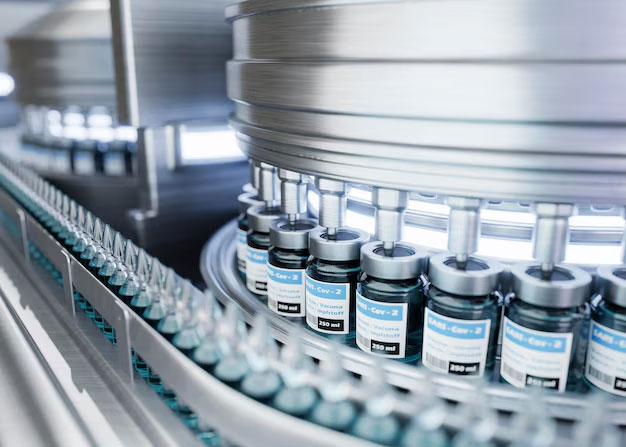
Rubber materials play a critical role in meeting the safety, hygiene, and performance requirements of equipment, containers, and tools used in the pharmaceutical and laboratory sectors. These materials provide sealing, flexibility, and durability while being resistant to chemicals, sterilization processes, and varying temperatures. In applications where contamination or leakage could have serious consequences, rubber materials are indispensable.
Rubber Materials Commonly Used in Pharmaceuticals and Laboratories
EPDM (Ethylene Propylene Diene Monomer): EPDM is highly resistant to heat, UV rays, and ozone, making it ideal for laboratory equipment, seals, and pharmaceutical containers. It offers chemical stability and can withstand autoclaving and other sterilization processes.
Butyl (Isobutylene): Known for its gas impermeability, butyl rubber is commonly used in laboratory equipment and pharmaceutical stoppers. It is resistant to heat and ozone, providing reliable sealing in critical applications.
Silicone: Silicone is widely used for its biocompatibility, resistance to extreme temperatures, and flexibility. It is ideal for medical-grade applications such as hoses, stoppers, and seals. Silicone’s chemical resistance and ability to be sterilized make it a staple in pharmaceutical and laboratory environments.
FKM (Fluorocarbon Elastomer): FKM is a high-performance rubber with excellent resistance to acids, oils, and solvents. It is ideal for components in laboratory environments exposed to aggressive chemicals.
NBR (Nitrile Butadiene Rubber): NBR is resistant to oils, greases, and chemicals, making it suitable for seals, diaphragms, and gloves used in laboratory and pharmaceutical applications. It offers excellent mechanical strength and is compatible with frequent chemical exposure.
Applications of Rubber Materials in Pharmaceuticals and Laboratories
Seals and Gaskets: Rubber seals and gaskets are essential for maintaining sterility in laboratory instruments, pharmaceutical machinery, and storage containers. They ensure leak-proof environments critical for safe and accurate operations.
Medical Tubing and Stoppers: Rubber hoses and stoppers made from materials like silicone are widely used in pharmaceutical storage, drug delivery, and laboratory analysis. These components must be inert, non-reactive, and sterilizable.
Protective Gloves and Coatings: Nitrile rubber gloves are commonly used to prevent contamination between operators and products. Rubber coatings provide durability, grip, and protection for surfaces and tools in laboratory settings.
Diaphragms and Valves: Rubber diaphragms and valves are used in pharmaceutical equipment for precise control of liquids and gases. These components require high elasticity, chemical resistance, and durability.
Vibration Dampening Components: Rubber materials reduce vibrations and noise in sensitive laboratory instruments and analytical devices. Pads, mounts, and isolators made from rubber enhance the precision and longevity of equipment.
Compliance and Standards
Rubber materials used in these sectors must comply with stringent regulations to ensure safety and performance. Key standards include:
- FDA Regulations: Ensures the materials are safe for use in pharmaceutical and medical applications.
- USP Class VI Certification: Confirms biocompatibility and safety for medical and laboratory uses.
- ISO Standards: Guarantees chemical safety, sterility, and compliance with international quality requirements.
These certifications ensure that rubber materials are free of harmful substances, biocompatible, and capable of withstanding repeated sterilization processes.
Rubber materials are essential in the pharmaceutical and laboratory sectors for their ability to meet demanding safety, hygiene, and performance criteria. By providing reliable sealing, chemical resistance, and sterilizability, these materials ensure the integrity and efficiency of critical processes. Compliance with regulatory standards further underscores their importance in delivering safe and effective solutions for these highly regulated industries.
